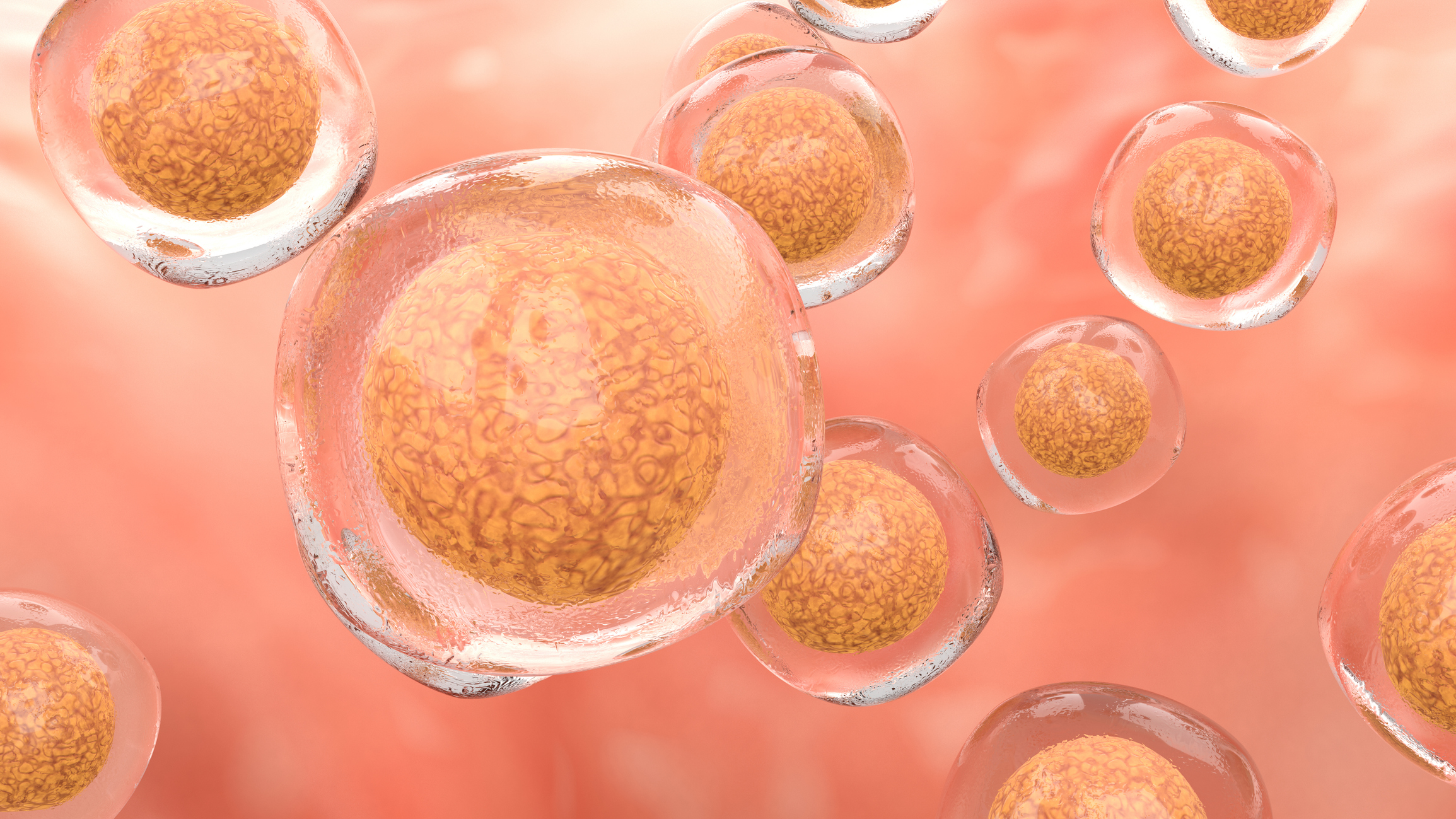Category: Scientific Advances
-

Novel Mechanism Reduces Epithelial Cell Damage and Loss
Northwestern Medicine scientists have discovered a previously unknown process used by epithelial cells to alleviate epithelial tissue crowding and avoid cell damage and loss, according to a recent study published in Nature Communications.
-

How Hair Follicles Sense Their Environment
Northwestern Medicine scientists have discovered how cells responsible for hair growth perceive physical forces in their environment and utilize this information to regulate their behavior, according to a study published in Science Advances.
-

New ‘Molecular GPS’ Will Fast-Track Drug Discovery
Scientists at Northwestern University have developed the largest open-access resource of its kind to help investigators shave off months of early-stage drug development time, detailed in research published in Science Advances.
-

Developing New Methods to Map Brain-Wide Synaptic Changes
Scientists have developed a new method to track changes in synaptic protein lifetimes across the entire brain, according to a study published in Nature Neuroscience.
-

Taking the Science to Market: Start-ups at Feinberg
This story was originally published in the June 2025 issue of the Breakthroughs newsletter. Every year at Feinberg, a handful of start-up companies are born from discoveries in the lab. Paperwork is filed for hundreds of inventions and patents; patents are issued and the process for optioning and licensing technology through Northwestern’s Innovations and New Ventures[…]
-

Uncovering How Poxvirus Hijacks Host Proteins to Spread
Northwestern Medicine scientists have uncovered new details about how poxvirus hijacks its host’s protein synthesis machinery to multiply and spread, according to a study published in Nature Microbiology.
-

New Wearable Tech Simulates Realistic Touch
In a study published in Science, Northwestern University engineers have unveiled a new technology that creates precise movements to mimic complex sensations including pressure, vibration and stretching.
-

Uncovering the Complexities of Cellular Cytoskeletons
Northwestern Medicine scientists have shed new light on the inner workings of some of the finest filament cellular structures, according to a study published in the Journal of Cell Biology.
-

Investigating Cytoskeletal Filament Formation
Scientists have uncovered new details about cellular filaments that play a critical role in wound healing, according to a study published in the Proceedings of the National Academy of Sciences.
-

Novel Approach Improves Protein Characterization in Human Tissue
Scientists have developed a novel, robust proteomics technique that can more accurately identify and spatially characterize thousands of proteins in single cells within human tissue samples, as detailed in a recent study published in Nature Communications.




